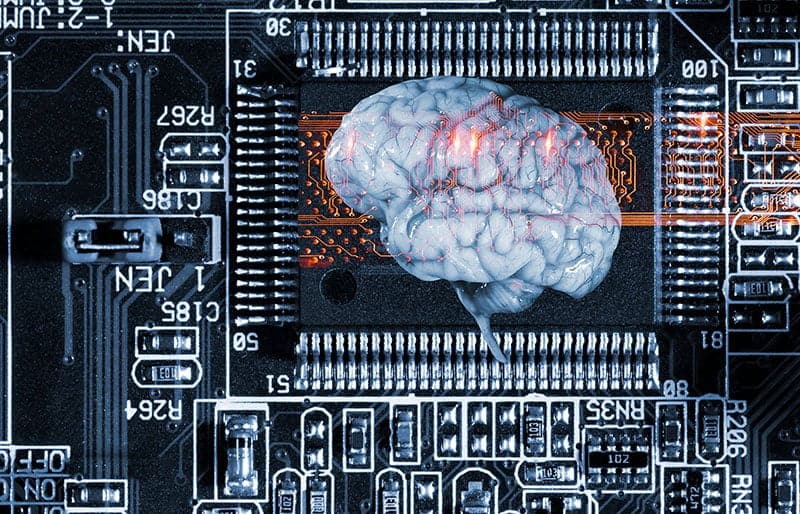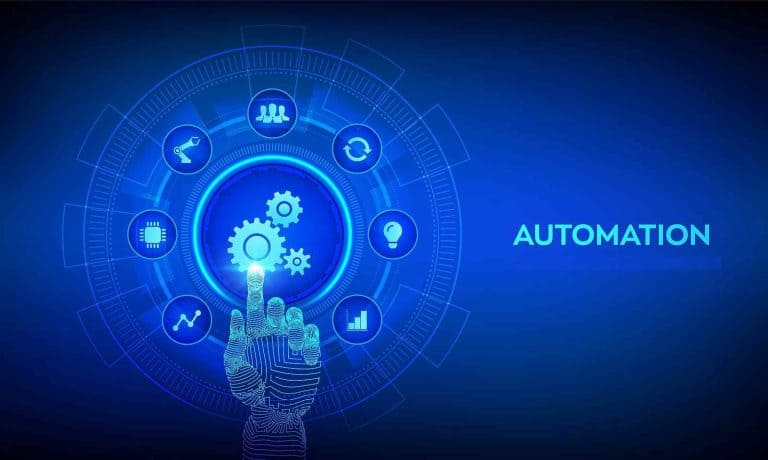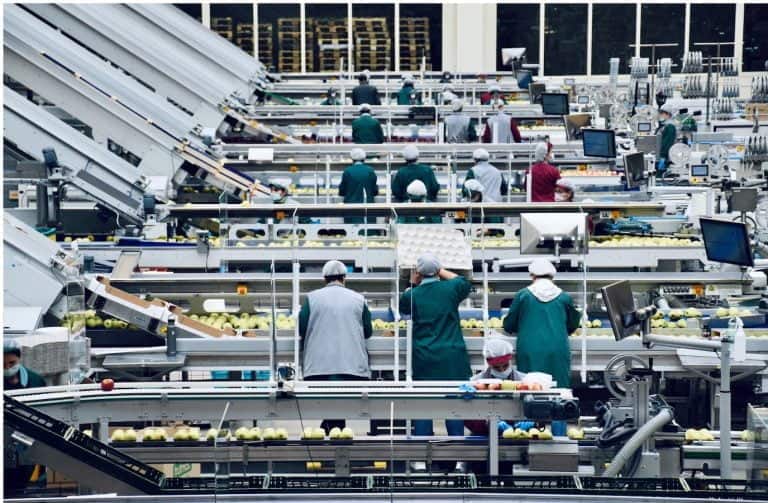The Second Machine Age
Data collection, analysis and utilisation is going to be the key to directing technological change strategies that will improve lives and increase productivity.
Table of Contents
ToggleThe Second Machine Age, also called the Fourth Industrial Revolution is accelerating, fuelled by advances in artificial intelligence and information technology. It will transform nearly every occupation—from teaching to nursing to long haul truck driving—over the next two decades. But unless we are able to provide comprehensive data on these technological changes, policymakers are “flying blind” in charting strategies that will prepare the workforce for the jobs and the economic realities of the future, according to CMU’s Tom Mitchell and MIT’s Erik Brynjolfsson.
In an editorial piece published in the journal Nature, Mitchell and Brynjolfsson, have called for the development of “an integrated information strategy” aimed at helping policymakers and the public navigate and respond to shifts in the labor market.
“The crucial policy choices we face about jobs and the economy require the most informed decisions we can muster,” they write. “Investing in both better data about IT, AI, and their impacts on the economy, as well as an infrastructure for continuously collecting, storing, sharing, and analyzing these data is one of the most important and urgent policy choices we can make.”
The Impact of IT on the Workforce
The editorial is based on a study published today by the U.S. National Academies of Science, Engineering and Medicine, which reports on the impact of IT on the workforce. Brynjolfsson and Mitchell co-chaired the committee that wrote the report.
The study highlights the paradox of growth that has recently characterized the U.S. economy. For most of the 20th century, real median incomes grew at least as fast as overall real GDP per person, suggesting that the benefits of technological progress were widely shared. But since the late 1970s, productivity and GDP per person have risen, while median incomes have stagnated. This would appear to indicate growing income inequality over a period of significant technological change.
Technology has created new jobs, eliminated others, and shifted both the distribution and geographical division of labor. But it is not the only culprit for rising income inequality, “but it is probably the most important one,” say the authors.
Managing the revolution
Creating more broadly shared prosperity requires a strategy that will manage the IT and jobs revolution—but at the moment, there is a distinct data gap, according to Brynjolfsson and Mitchell. “Much of the needed data for observing, understanding and adapting to the workforce challenges are not gathered in a systematic way, or worse, simply do not exist,” they write. “The irony of our information age is that, despite the growing flood of online data, decision makers all too often lack timely, relevant information.”
Policymakers need to expand their data collection efforts. For instance, digital technologies have helped launch ridesharing services like Uber and Lyft, but government sources don’t accurately capture the rise of the contingent workforce employed by those companies—i.e., drivers. The government also does not adequately track the technological advances and rapidly improving capabilities of AI. A broad index of AI would provide data on progress in this sphere, and make it easier to design programs that teach the in-demand skills of the future.
Government also needs to do a better job at taking advantage of existing data. For example, websites for jobseekers contain data about millions of available jobs, the skills they require, and where they are. Universities have data about how many students are taking what courses, when they will graduate, and with which skills. Platform companies have data about the changing number of freelance workers they employ, the number of hours they work, and where.
Follow the lead of the private sector
“These sorts of information, if connected and made accessible in the right way, could give us a radically better picture of the current state of employment, the skills being acquired by employees entering the workforce, the pace of automation and more,” the authors say.
Finally, policymakers need to follow the private sector’s lead and implement data-driven decision-making and experimentation. The innovative companies routinely run real-time experiments to test different policies and products. The report authors speculate that lawmakers could determine which policy best provides for retraining displaced workers by implementing multiple different policies for workers living in the same region, observing their different outcomes on employment within a year, then moving forward with the policy that produced the greatest results.
Brynjolfsson and Mitchell acknowledge that creating this massive data infrastructure—and also ensuring its security and quality—is an enormous undertaking. But, they say, the stakes for workers and the economy are too high to ignore. “Perfection here is not a prerequisite for utility—we need and can have a dramatic improvement over flying blind.”





